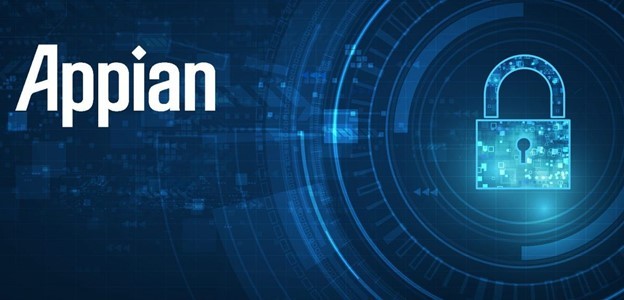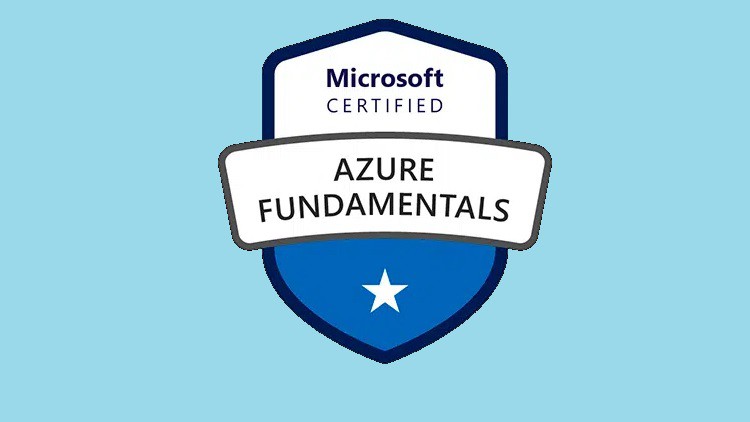Description
Introduction
This course covers the best practices for ensuring the applications built on the this platform. As organizations increasingly rely on digital tools, maintaining the security of sensitive data and workflows becomes crucial. Best Practices focuses on protecting applications, ensuring compliance with security standards, and mitigating potential risks. By the end of the course, participants will have the knowledge to implement robust security protocols, manage permissions, and safeguard Appian applications from common vulnerabilities.
Prerequisites of Appian Security
Before starting this course, participants should have:
- Basic understanding of Appian platform architecture and application design.
- Familiarity with security concepts, such as access control, encryption, and authentication.
- Knowledge of general IT security practices.
While no advanced security expertise is required, familiarity with basic network security and application development practices is helpful.
Table of Contents
- Introduction
1.1 The Importance of Security in Appian Applications
1.2 Overview of Appian’s Security Architecture
1.3 Key Concepts(Ref: Appian Mobile: Developing and Deploying Mobile Apps)
1.4 Appian Security Models and Frameworks - User Authentication and Authorization
2.1 Managing User Roles and Permissions
2.2 Configuring Authentication Mechanisms (LDAP, SSO, etc.)
2.3 Managing External User Access with OAuth and APIs
2.4 Best Practices for Role-Based Access Control (RBAC) - Data Protection and Encryption
3.1 Ensuring Data Security in Transit and at Rest
3.2 Implementing Encryption Strategies in Appian
3.3 Securing Sensitive Data with Appian’s Built-In Features
3.4 Best Practices for Managing Keys and Certificates - Application Security
4.1 Secure Design Principles for Appian Applications
4.2 Preventing SQL Injection and Other Common Attacks
4.3 Managing User Inputs and Data Validation
4.4 Implementing Secure APIs for External Integration - Appian System Security
5.1 Configuring System-Level Security Settings
5.2 Monitoring and Auditing System Access
5.3 Using its Logs for Threat Detection
5.4 Security Considerations for Cloud Environments - Compliance and Governance
6.1 Ensuring Compliance with Industry Regulations (GDPR, HIPAA, etc.)
6.2 Security Audits and Reporting in Appian
6.3 Implementing Data Retention and Deletion Policies
6.4 Best Practices for Governance in its Applications - Incident Management and Risk Mitigation
7.1 Responding to Security Incidents and Breaches
7.2 Risk Management and Vulnerability Assessment
7.3 Patch Management and Security Updates
7.4 Security Testing and Penetration Testing for Appian Applications - Review and Summary
8.1 Key Takeaways from the Course
8.2 Real-World Examples of its Best Practices
8.3 Next Steps for Applications
Conclusion
By completing this course, participants will understand how to implement for applications developed on this platform. They will be able to secure user access, protect data, design secure applications, and comply with industry standards. With these skills, participants will help their organizations minimize risks, safeguard sensitive information, and ensure the ongoing integrity .







Reviews
There are no reviews yet.